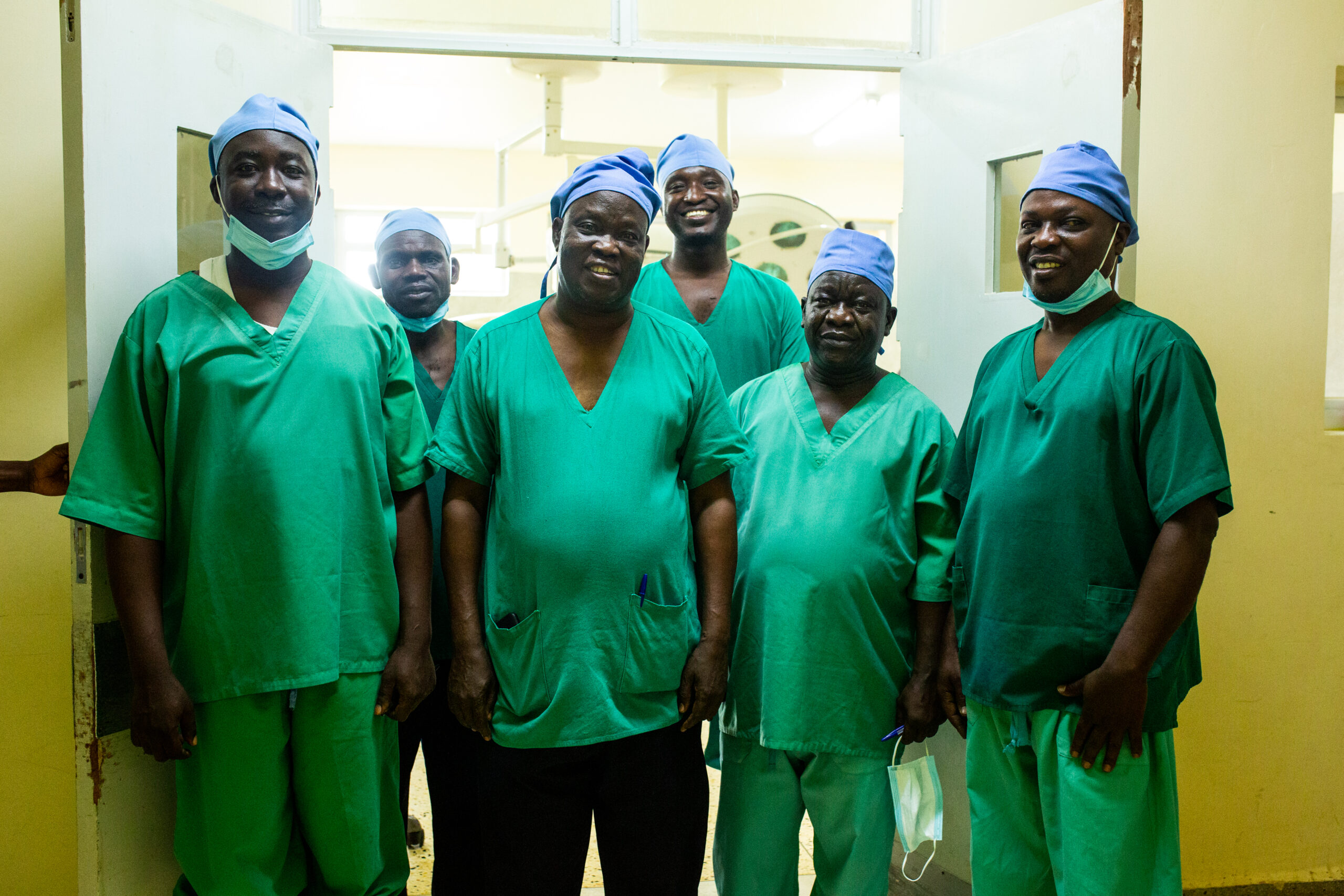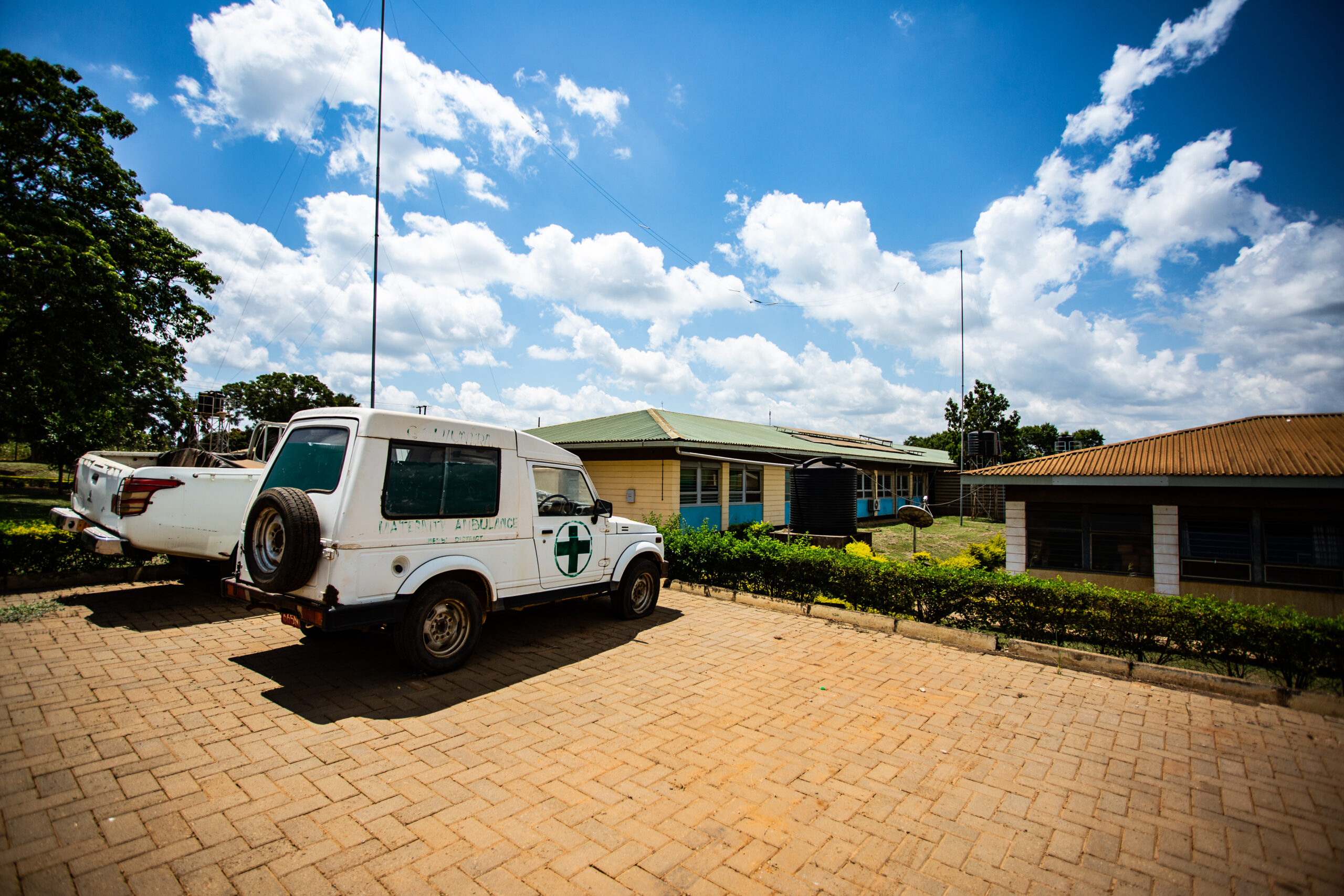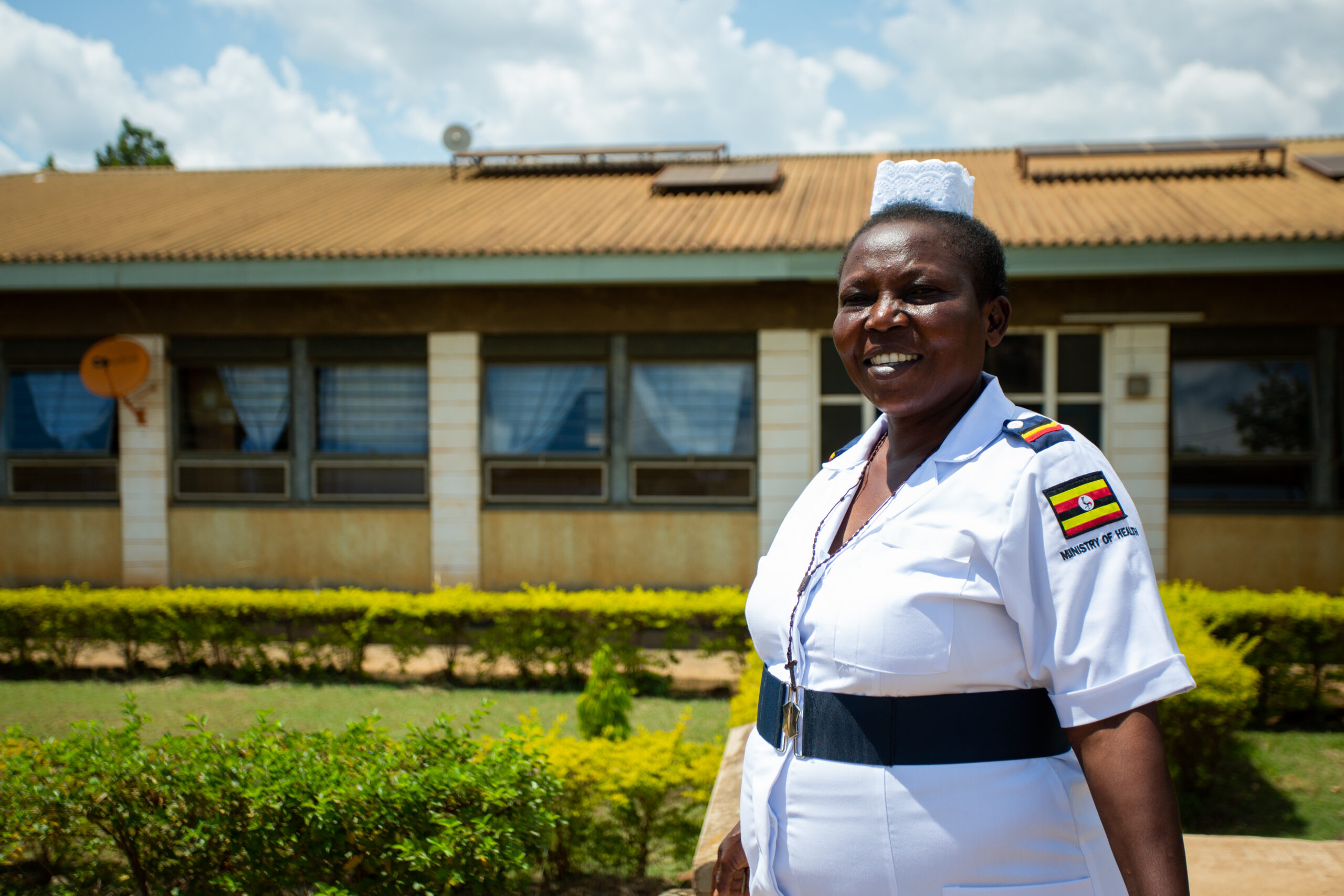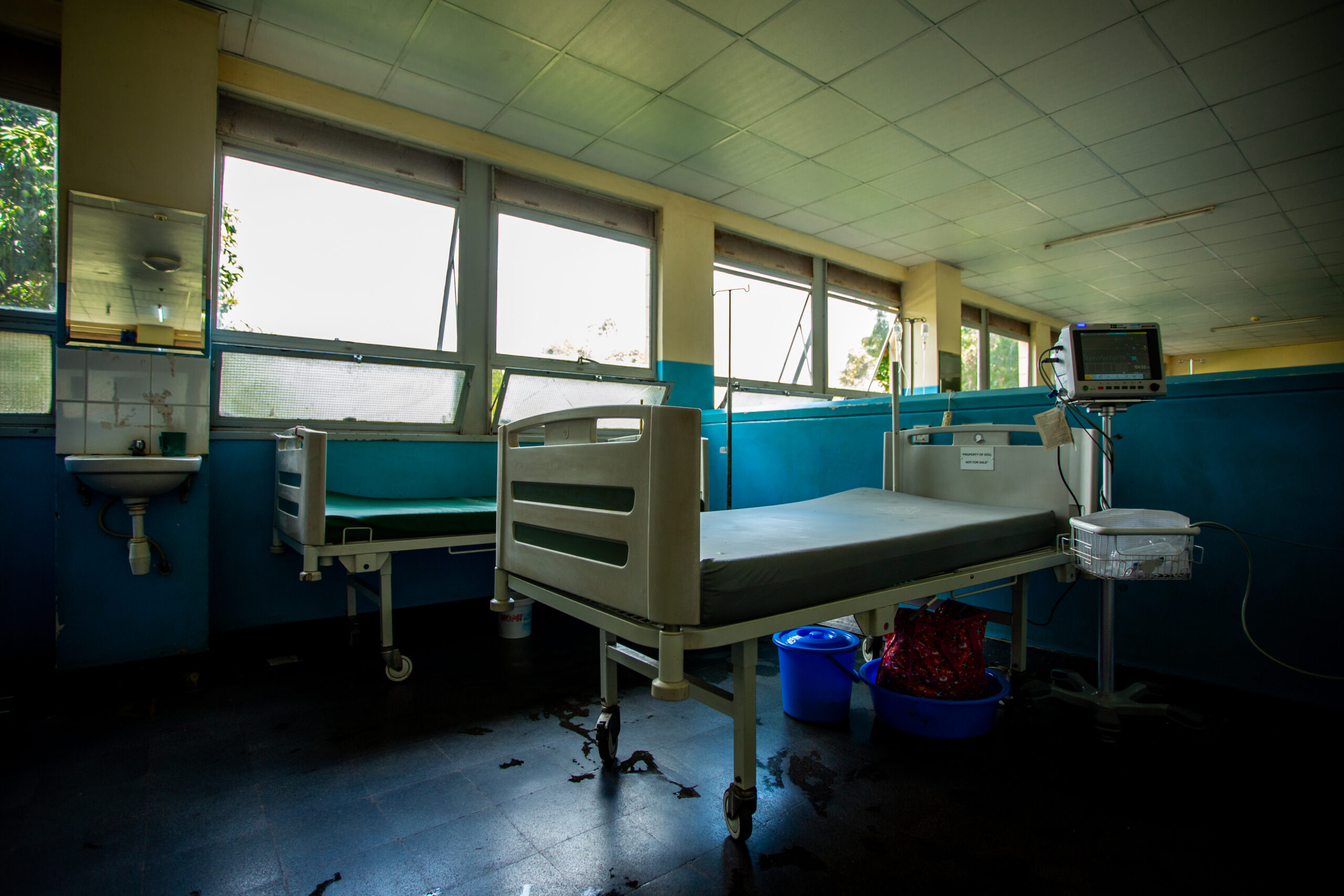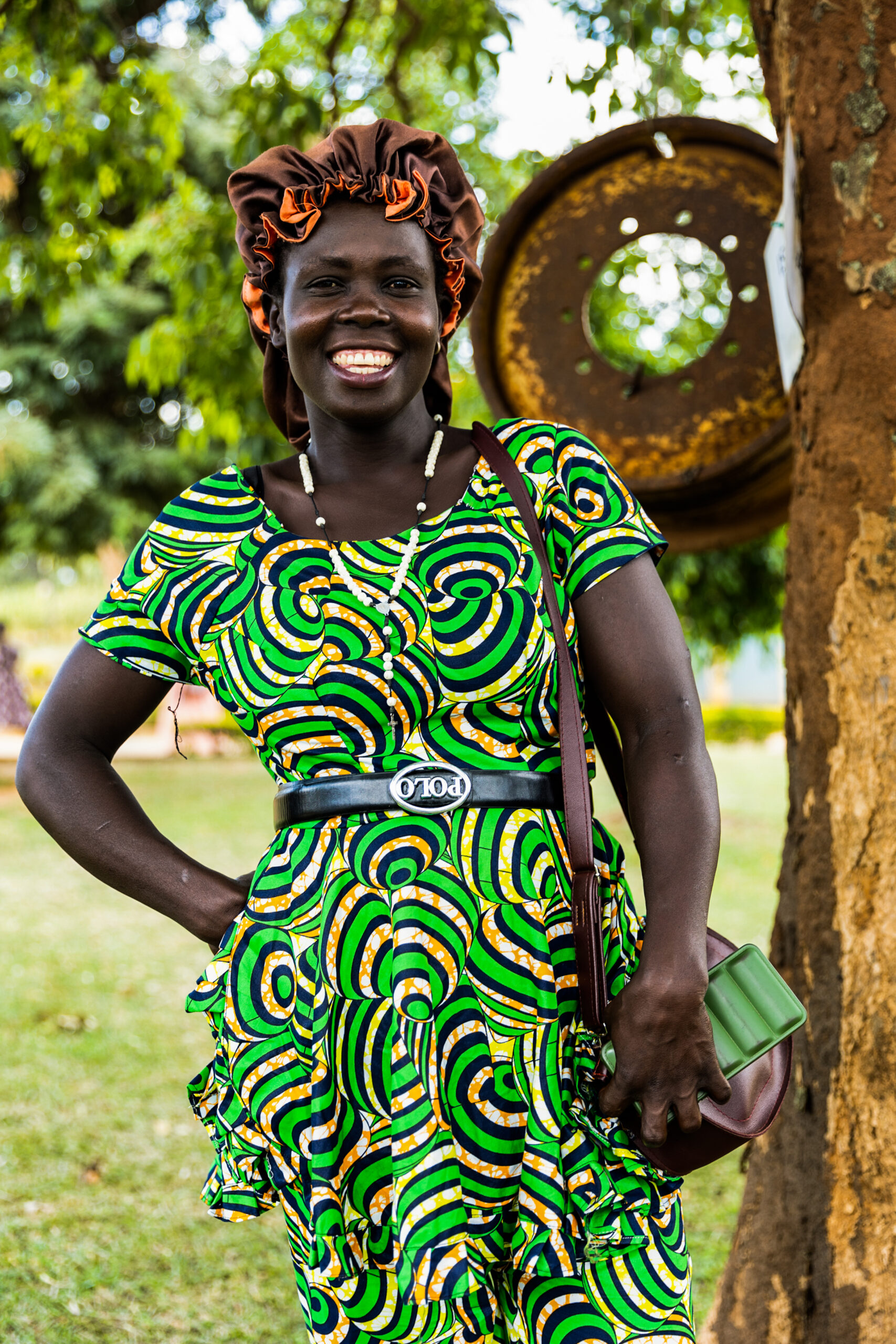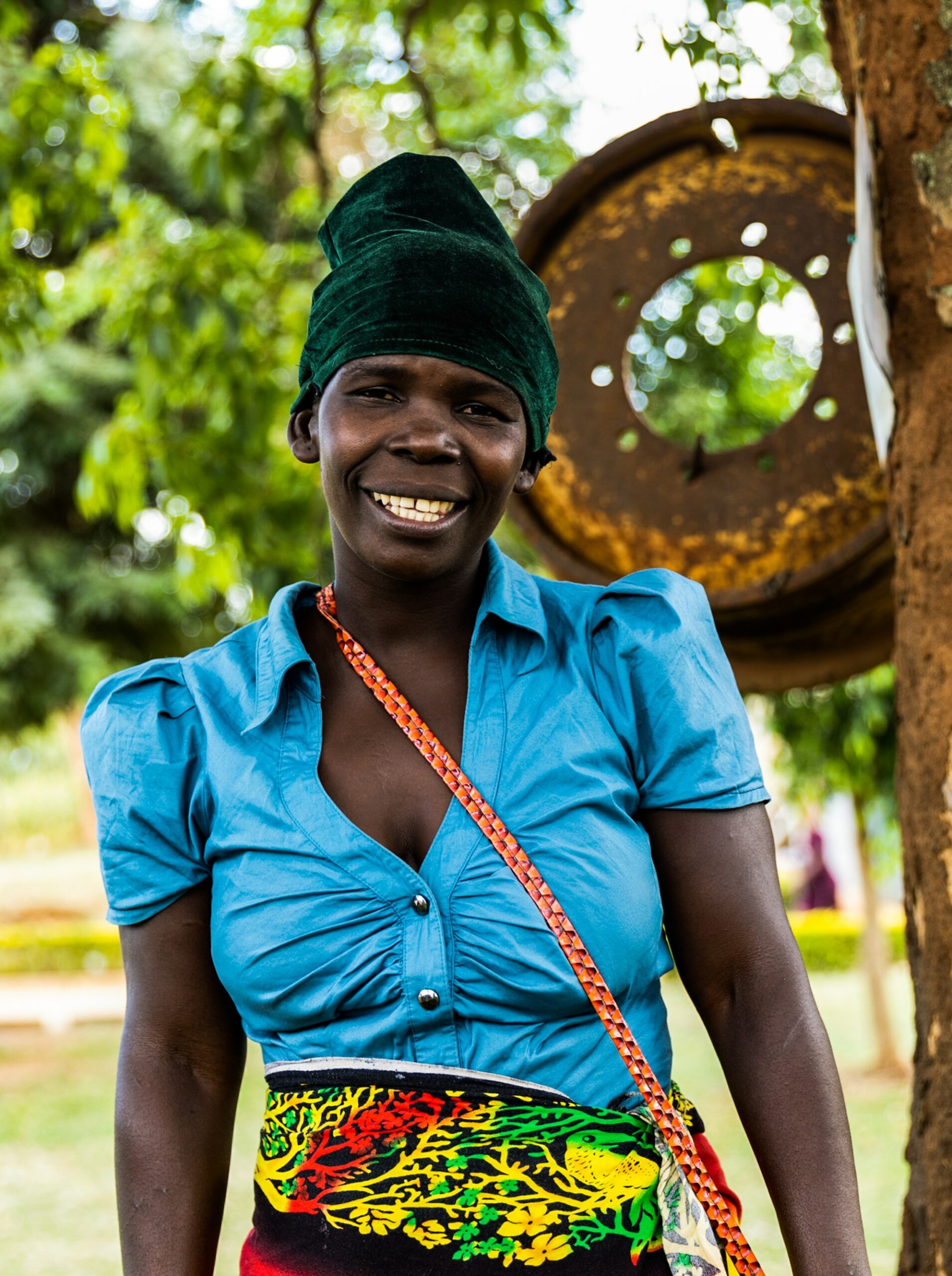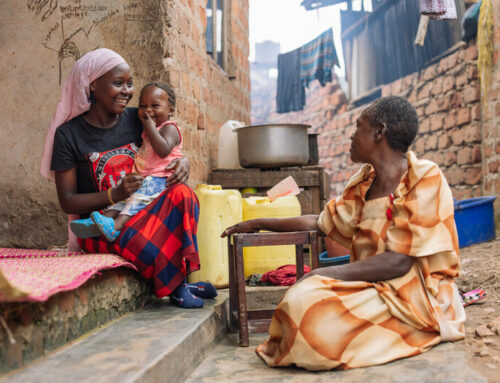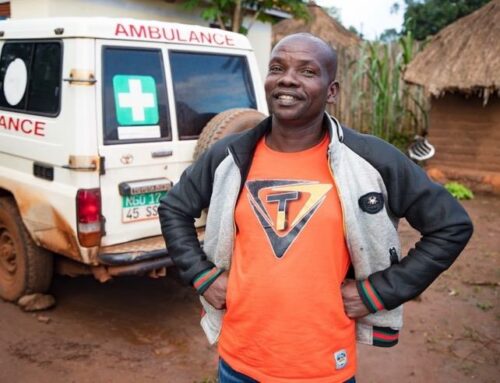Field Updates
Visiting Uganda by Nicole Alexander, Senior Manager, Communications
In June, I was so fortunate to see some of our projects in Uganda in person! This was my first time in Africa! Over the three-day trip, I saw our COVID-integration projects, two community clinics, and a maternity ward. Read about Day 1, Day 2, and Day 3!
Day 3: June 7, 2023
Delivery and Fistula Repair Hospital
On my last day of site visits, I went to Nebbi General Hospital, headed by Dr. Wilfred, the Senior Medical Officer. He told us that they have a backlog of Obstetric Fistula repairs now, but the goal is to not have a need for them at all. The area this hospital serves is about 40,000. It’s the only public hospital in the area and borders the Democratic Republic of Congo, where many refugees come for care.
Dr. Wilfred told me a few days before I arrived, he did consultations for two elderly women who were living with their fistula tear for ‘as long as they can remember.’ So much so they didn’t even realize it was something that could be treated. Sister Anna, a nurse on staff, calls fistula the silent killer because victims are dealing with it but suffering inwardly. Dr. Patrick shares that finding fistula clients is hard because many are forced into hiding. He believes the number of cases they predict is even higher than they imagine. His dream is that we invest in fistula repair and prevention, and train staff on proper obstetric care.
Most fistulas occur because of pregnancy complications at home. As I’ve learned during the entire trip, health centers are far for most residents, so home births are frequent. Even in cases where women are getting C-sections, there might have been a tear present that goes unnoticed. They do their best to do repairs as soon as possible, but victims can be forced into hiding early because of the stigma.
The staff is grateful to Amref, a long-time supporter of the hospital, for helping with training, fistula repair funding, and VHTs who find fistula sufferers to get them into surgery. Dr. Patrick says the VHTs trained to find fistula sufferers also help them reintegrate into society. Amref provides counseling, and other victims who’ve been repaired have formed support groups to help with reintegration. After their repair, we give them start-up capital (a seed fund they do not have to pay back) and small business training so they can begin to get income again. For those who aren’t necessarily business-savvy (relatable because I’m not at all), we help them with training in a particular trade so they can get employment that way.
Dr. Patrick shares that another prevention method is teaching girls to get pregnant when they are ready so they will stay in school and save pregnancy for when their bodies are more mature. Many fistulas occur in young girls who, while they can get pregnant, have bodies that are not yet ready to host a baby. Their pelvises can’t yet handle the dynamics of the pregnancies. Staff also encourage expectant mothers or their families to do their best to keep our equivalent of $5 ready for transport so they can deliver their babies at a facility or reach a facility early if there are any complications.
See the medical staff and the hospital! Photo Credit: Ambrose Watanda
COVID lockdowns were an awful time for teen pregnancies because schools were closed. Rates were as high as 37%. For girls who did have fistula repairs, we teach them about waiting to heal before having sex again and symptoms to look for in case the tear reopens.
Dr. Odong has been doing gynecology for 36 years and has worked with Amref since 2004. In the last three days of my visit, they did 24 cases, with 14 of them being very severe. He says, “In Africa, we have a weak health system. Mothers can deliver far from a health facility, and we don’t have an ambulance system. And while other organizations have been shying away from fistula repairs, Amref is sticking with it. Many sufferers are poor, young, married, or unmarried, but their husbands and families leave them because of the smell.” He’s near retirement age and hopes to have more gynecologists to train in fistula repairs, especially for long-term sufferers. He can do anywhere from 3 -4 repairs a day. 95-98% are successful, and recovery takes a few weeks!
Meeting Fistula Survivors
I met three women who were able to have fistula repairs. One mom, Sunday, said she’s had her fistula repaired three times. The first two times were in the DRC and then here. She had severe damage, and that is why she needed multiple surgeries. She told us, “My first pregnancy, there was blood everywhere. The baby died inside my stomach.” Now that her fistula is fully repaired, Amref has given her seed funding, and she has a small business selling fish. “I thank God for what He has done for me. They manage a lot for me. They saw me struggling and just told me to come, just come. I did, and they did well. Thank God.”
One of our male VHTs stated that it’s a little hard for him to be a man and do this work. He’s been helping fistula sufferers since 1997. He’s had to find techniques to help reduce the fear women have, especially those who’ve been isolated for a while. Another mom, who he actually found, said she had to test the waters before giving him her trust. But she’s glad she did; She’s repaired now. Her third child resulted in a fistula, but she’s okay, and the baby is great too.
The last mom was so happy and overwhelmed with joy. She has five children, and her fistula occurred with her last one. At the first sign of her fistula, her area midwife referred her to get medicine, thinking it was a different issue. She heard about fistula and the surgery over the radio, an initiative Amref started to hopefully reach the women who are in hiding. She followed the announcement, had her surgery, and is just so grateful to have her life back.
Dr. Wilfred says while they are working on their fistula backlog, “As you can see, we are giving people joy through these repair surgeries. As a doctor, this is what makes me happy: changing someone’s life. We hope more can still come!” Amref helps fill the gaps, that the government can’t, to help gynecologists do fistula repairs specifically.
Meet our fistula survivors who are all smiles after finally getting their lives back! Photo Credit: Ambrose Watanda.
Community Care in the Middle

Amref USA Staff learning about the clinic and its role in the community! Photo Credit: Ambrose Watanda.
For my last site visit of the trip, I visited an integrated outreach post that started in November 2022. The area has a population of about 10,000, so Amref started this post since there was no government health facility nearby; the two nearest health centers were in completely different sub-counties! This outreach post is open on Wednesdays and Fridays because those are the days the staff can work. The healthcare worker shortage is so severe that the staff work at other facilities the other days of the week.
When I arrived, a crowd was already forming, showing just how needed the services were. Here, they can diagnose, treat, and manage illnesses and conditions like malaria, malnutrition, and various skin diseases. They provide pre- and post-natal care, and immunizations for polio, measles, and other vaccine-preventable diseases. And staff even work with Amref VHTs on gender-based violence cases, and psychosocial support for victims and their children when they can.
They cannot handle many things at the two-roomed post they are borrowing, but Dr. Daniel, the two government health staff, the health volunteers, and VHTs do what they can. Room 1 is consultation and testing, and room 2 is family planning. But if there’s an emergency, people in one room must come out. They’ve even made emergency deliveries despite not having the necessary equipment. Ideally, Dr. Daniel would have everything he has at the clinic he works at the other days of the week.
Amref is able to provide essential medicines, and a partner agency provides transportation funds for the staff to get to and from work. Without Amref, Dr. Daniel says they wouldn’t be able to do much.

“The government has a plan for the facility, but the government takes long, and unfortunately, people are suffering as a result.” He states, “When people finally reach the clinic (his other job), they are in serious condition. By having this post here, they can at least provide preventative care earlier and reduce emergencies later.” They typically see 200 people a day, but with a recent reduction in medicines for the area, that number is now 60 – 80. For many prescriptions, they have to refer people to the nearest facility or pharmacy.
70% of all cases here are malaria, the leading cause of death in children. Then, colds with prolonged coughs at risk for pneumonia, and skin diseases due to the inadequate water supply. When you must choose between using water to cook and water to clean, cooking for the family takes priority. And with shared water basins, it’s easy to see how water-borne illnesses and skin diseases can spread.
Like in Ofua, Amref’s WASH education and integrations have helped the area see a reduction in severe diarrhea cases. Now, the information being shared focuses on hand washing and water sharing to help reduce skin diseases. Still, because people mostly use the river water, which is sadly contaminated, it’s harder to fight the water-borne illnesses. There is a borehole that the government tries to maintain, but it’s hard, especially in the dry season, which grows longer and more intense as the years pass due to climate change.
Though this health post is small, and the health services offered are limited, staff and area volunteers mobilize where they can to give the people the greatest health outcomes possible.
